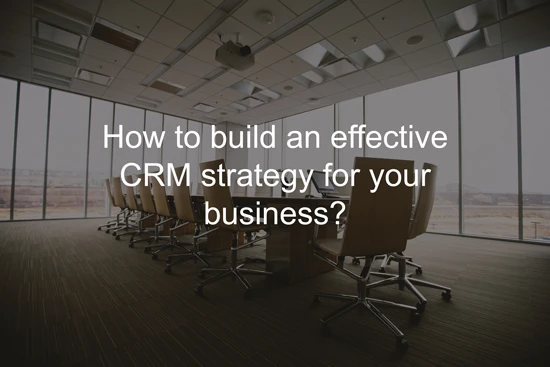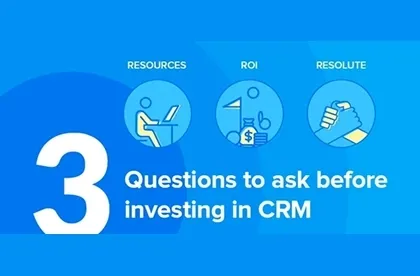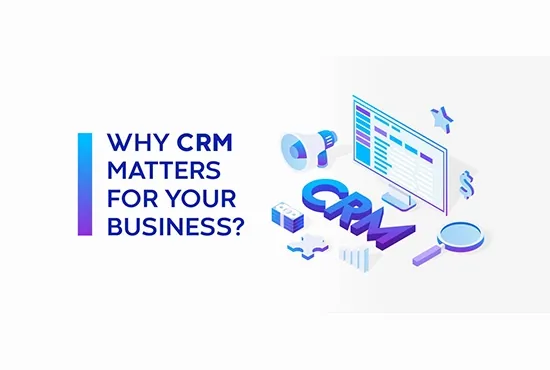Customer satisfaction is a critically important, yet often overlooked, aspect of a successful business model. Many companies focus on acquiring new customers but place less importance on earning customer satisfaction and retaining customers. This approach is detrimental to sustainable businesses, small companies, and enterprise organizations alike. Therefore, measuring customer satisfaction is crucial.
Fortunately for business owners, with today's technology, earning customer satisfaction is easier than ever. But to retain satisfied customers, you need to know how to measure customer satisfaction, so you know whether your customers are truly happy.
Below, we'll discuss some key benefits of retaining satisfied customers and cover three common models for measuring customer satisfaction.
Benefits of Retaining Satisfied Customers
Retaining satisfied customers is cost-effective
Did you know that your existing customers buy an average of 67% more than new customers? Also, acquiring a new customer costs 5 to 10 times more than retaining an old one.
Given these statistics, it's logical to assume that you should allocate a fair amount of your marketing budget to customer retention programs.
However, often companies spend over 70% of their marketing budget on generating and sending out new content, and less than 30% on customer retention programs.
Those who prioritize customer retention are the ones who will thrive in the future. We recommend investing in customer retention strategies.
Brand Loyalty
Satisfied customers create a recurring revenue stream and brand loyalty over time. According to Capgemini, eight out of ten customers are willing to pay more for a better customer experience – and a good customer experience is what satisfies customers and brings brand loyalty.
If you create a great customer experience and cultivate satisfied and loyal customers, they will reward you with repeat purchases.
Word-of-Mouth Marketing
When customers are satisfied, they're more likely to recommend your brand to others. Accenture reports that 55% of US consumers express their loyalty by recommending brands and companies they like to their family and friends.
This is important because 83% of consumers act on recommendations from friends and family more than any other type of advertising.
Satisfied customers share your product on social media, talk about it with their friends, and even recommend products at work to their colleagues. Essentially, this is free advertising, and arguably the most effective kind.
Market Differentiation
In today's competitive business environment, you can't afford to ignore customer needs and satisfaction. Creating world-class customer satisfaction helps differentiate your business.
If you don't focus on the customer experience and customer satisfaction, your customers will easily replace you with your competitors.
Assessing Customer Satisfaction Levels
There are three primary models for measuring customer satisfaction. Here, we will discuss how to measure customer satisfaction using these three models.
Customer Satisfaction Score (CSAT)
The Customer Satisfaction Score (CSAT) uses a scale of one to five to assess customer satisfaction with a specific issue or product.
Customers rate their satisfaction as: 1) Very dissatisfied, 2) Dissatisfied, 3) Neutral, 4) Satisfied, and 5) Very satisfied.
For example, you could ask customers to rate their satisfaction with the quality of customer support they received on this five-point scale.
If your CSAT survey includes 10 questions across different topics, you can get each customer’s response, which is their individual CSAT score. As with any survey, for accurate results, the sample size needs to be large. Ultimately, the sample size depends on the total number of customers of a business.
Once enough responses are gathered, the next step is to add each customer’s CSAT score together, sum it up, and divide the sum by the total number of respondents. This will provide the overall CSAT score.
CSAT is an effective method for measuring short-term satisfaction. However, the benefit of using CSAT is enhanced by using at least one of the other metrics below.
Net Promoter Score (NPS)
While the CSAT score can be used to gauge short-term satisfaction, the NPS score is better for gauging long-term satisfaction and, consequently, customer loyalty. NPS is considered the most reliable customer satisfaction metric.
This metric is measured with only one key question:
How likely are you to recommend this product or service to a friend or colleague? Responses are measured on a scale of 0 to 10, with 0 being the least likely and 10 being the most likely.
Those who respond with a 9 or 10 are your "promoters," meaning they exhibit behaviors that suggest they'll stick with you over time, buy more in the future, and likely recommend you to others. Those who respond with a 7 or 8 are "passives," meaning they don't have strong feelings. And those who score a 6 or below are "detractors," or people who are more likely to leave you and are customers who may dissuade others from purchasing your product or service.
The NPS score is calculated as follows:
● Calculate the total percentage of respondents who are promoters
● Then, calculate the total percentage of respondents who are detractors
● Ignore the passives
● Subtract the percentage of detractors from the number of promoters
● Then convert the percentage to a numerical number
For example, an NPS survey with 100 respondents includes 60 promoters (60%), 30 passives (30%), and 10 detractors (10%). To get the NPS, you would subtract 10 from 60 (ignoring the 30% who are passive), which results in 50%, and 50 is your overall NPS score.
It's possible to get a negative NPS score, indicating that you have more detractors than promoters. Therefore, an NPS above 0 is considered "good." A score between 50 and 70 is considered "excellent," and a score above 70 is considered "world-class."
Customer Effort Score (CES)
The Customer Effort Score (CES) is different from CSAT and NPS because it doesn't directly measure satisfaction. Instead, it identifies how much effort a customer has to exert to interact with a company.
Many companies use CES to assess the effectiveness of their customer support performance. Indeed, increasing customer satisfaction depends on reducing the effort a customer has to expend to communicate with the relevant business.
If you can resolve a customer’s issue in minutes, without creating obstacles for them, they will be satisfied.
On the other hand, if every time a customer contacts support, they have to wait on hold for 30 minutes, or bring all of the product information with them to get a resolution, this makes them feel that the company isn’t providing them with any support.
To calculate CES, customers are asked to rate their effort on a five-point scale, with 1 being “very low effort” and 5 being “very high effort” to interact with the company.
Once all the responses are collected, we can calculate the average CES. A score of 2 or lower means that a company has succeeded in making life easy for its customers and they are happy. A score of 4 or 5 means the company needs to reconsider how it interacts with its customers.
Conclusion
Retaining satisfied customers is more important today than ever before. Increased competition in almost all industries means you have to work harder to build satisfied and loyal customers to your brand.
When you focus on measuring customer satisfaction and implementing changes based on customer feedback, you can continuously improve the customer experience and keep more customers along the way, leading to longevity and building a bright future for your business.




